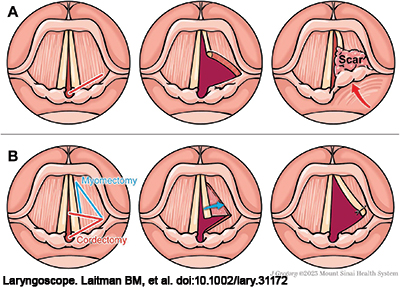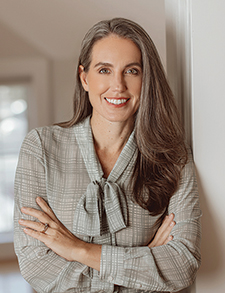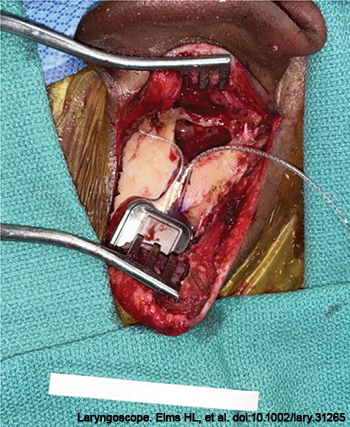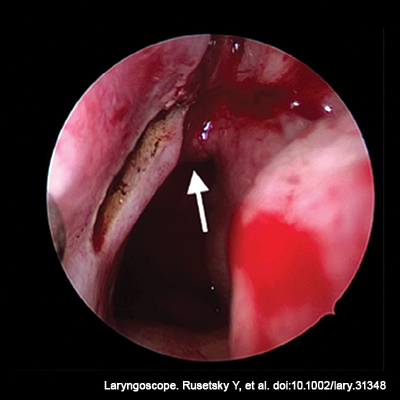Communicating bad news, like a new cancer diagnosis, to patients can have a major impact on their mental and physical well-being, but does the instrument of delivery matter? A study recently published in the Journal of General Internal Medicine decided to find the answer.





